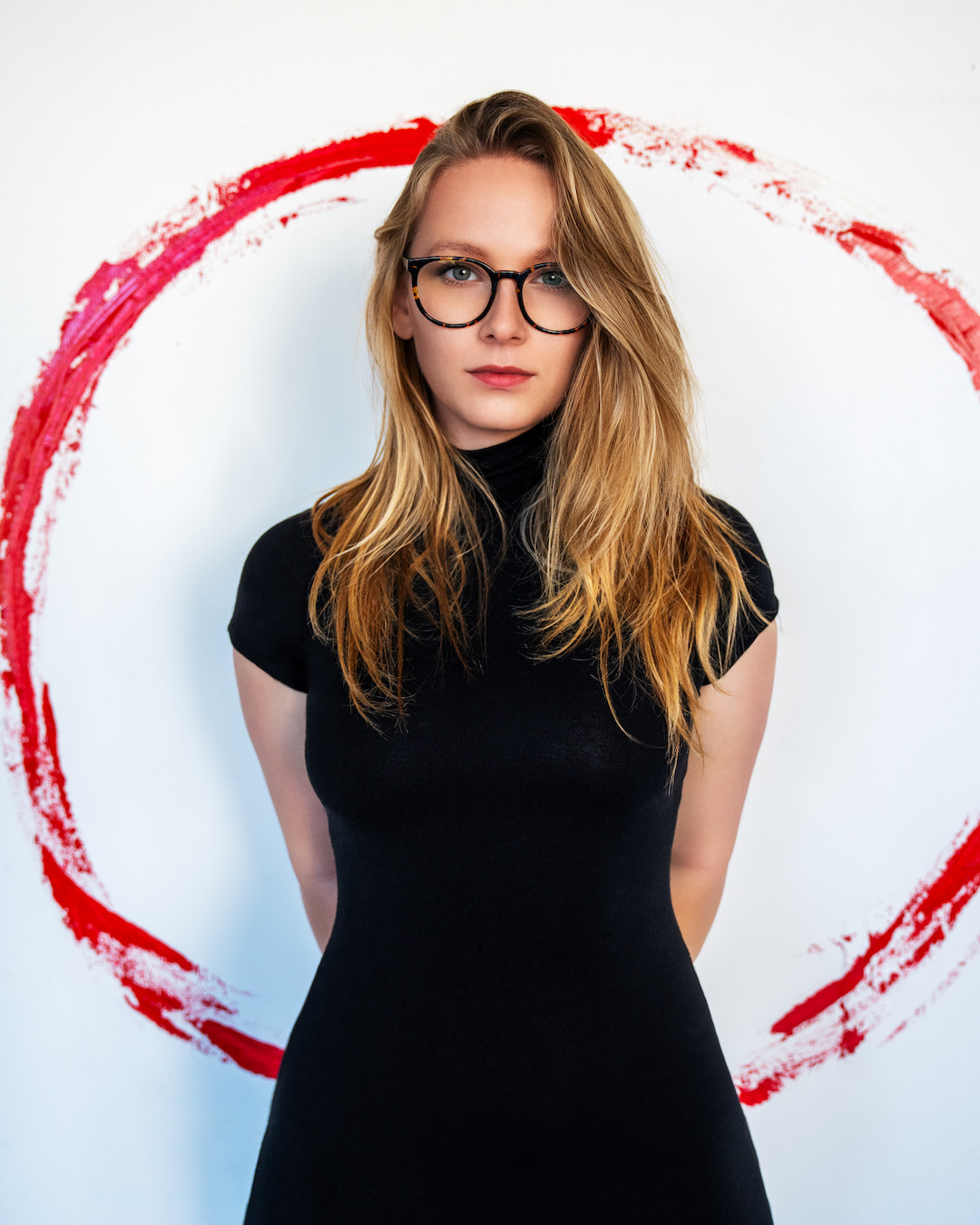We recently connected with Kaylee Meyer and have shared our conversation below.
Alright, Kaylee thanks for taking the time to share your stories and insights with us today. It’s always helpful to hear about times when someone’s had to take a risk – how did they think through the decision, why did they take the risk, and what ended up happening. We’d love to hear about a risk you’ve taken.
Some people ease into adulthood—I did what every parent dreads. I dropped out of art school, not to “find myself,” but because I couldn’t shake the feeling that life was happening beyond the classroom. What a waste, I thought, to be so alive, so acutely aware of the world, only to sit in a windowless room, learning about the environment without ever seeing it. Surprisingly, my grand act of rebellion didn’t involve moving to a cabin in the woods (though I did consider it). Instead, I set out to build something of my own—something real, messy, and entirely mine.
Back then, I sketched two ocean waves in my journal. One resided inside my heart; the other was a wave of voices around me. For so long, I followed the second wave—it was louder, easier to hear. But when I finally stopped to listen, the quiet pull of the wave inside me was impossible to ignore.
In the two years, I built two businesses.
One of my busniness, Nurture, was born out of my love for personal growth and the arts. As a yoga and meditation teacher, I had seen so many creatives struggle with burnout and self-doubt. I started sharing small, actionable tips online, and before I knew it, my audience had grown to 20,000 across multiple platforms. Soon, I was coaching artists one-on-one, helping them navigate the same fears I had wrestled with. Seeing my clients overcome creative blocks and build fulfilling lives reminded me that sometimes, taking the unconventional route leads to the most meaningful work.
The impact I made felt right—like I had found my calling. But in pouring myself into the business, I neglected my art for a year. After countless failed attempts to paint and draw again, I decided—almost on a whim—to pick up clay, a childhood hobby. It was so random. Listen, me, a life/creativity coach, making cute little animals in Renaissance costumes? But something was emerging there. So, I took the risk. I stopped taking on new clients and followed it.
Two months later, I brought my figurines to an art fair and nearly sold out. Within another two months, we were a profitable business, selling thousands of them.
Here’s what I’ve learned: art can be scary. Creating something—whether it’s a painting, a business, or an entirely new life—comes with doubts. What if I mess up? What if it doesn’t work out? What if I’m not good enough? But I’ve realized that the biggest risk an artist can take is taking no risks at all.
Risk is just another word for uncertainty, and the truth is, everything carries some degree of it. We predict outcomes based on our past experiences, but that can hold us back. Every moment is a new opportunity—if we’re willing to listen.
So, I create. I keep showing up. I listen to what tugs at my curiosity. I step into the unknown because that’s where the best work happens.
The road I chose isn’t smooth, and it definitely isn’t always comfortable. But it’s mine. It’s authentic. And you know what? That feels really damn good.
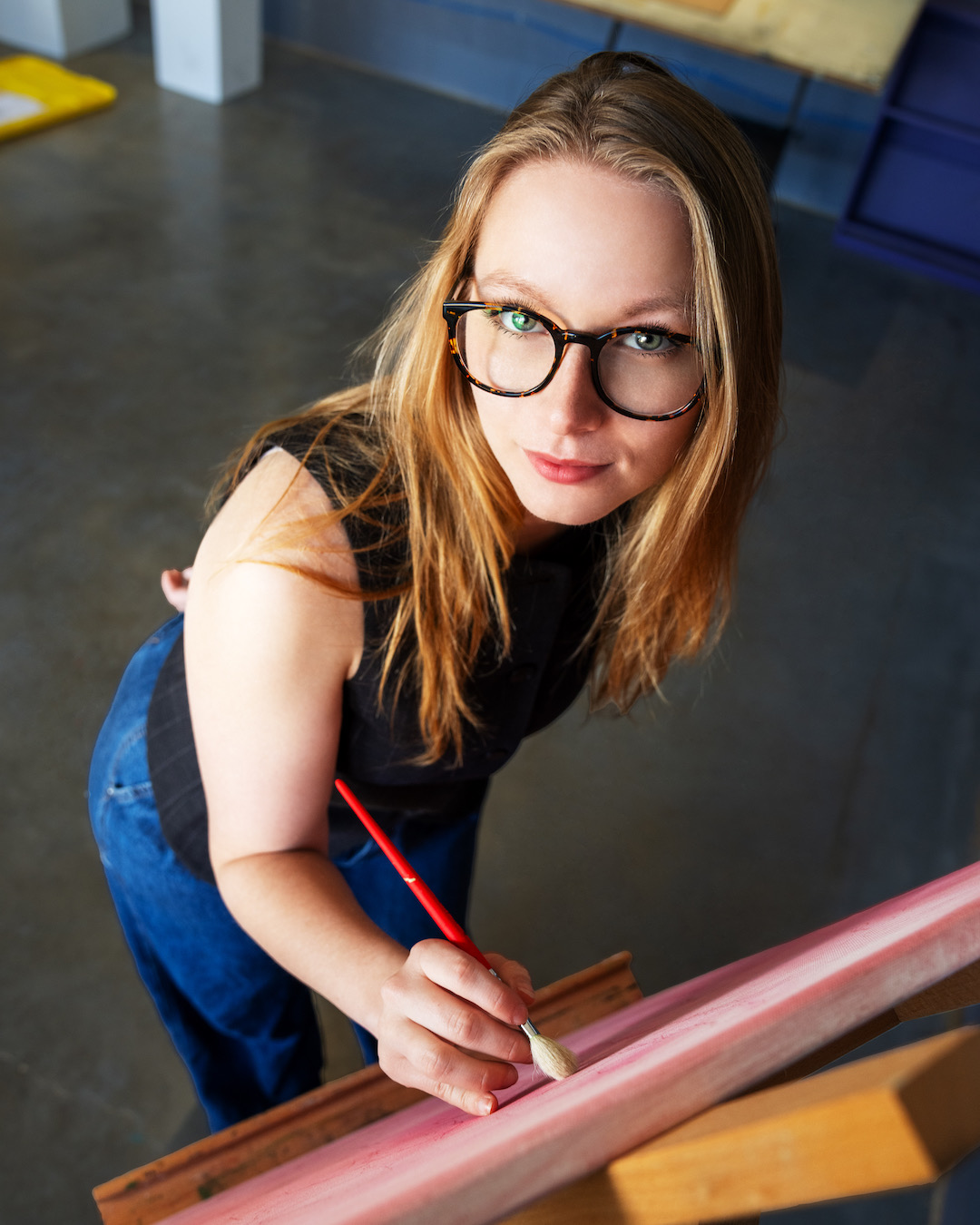
Great, appreciate you sharing that with us. Before we ask you to share more of your insights, can you take a moment to introduce yourself and how you got to where you are today to our readers.
I’m an artist, storyteller, musician, and creative coach. I run two businesses: one helping artists break through creative blocks and find balance, and another, Adorable Arsenal, where I sculpt whimsical figurines with rich backstories. What sets me apart is my deep curiosity and love for lifelong learning—if there’s a question, I can find hundreds of answers. At the heart of everything I create is a commitment to authenticity, acceptance, and play.
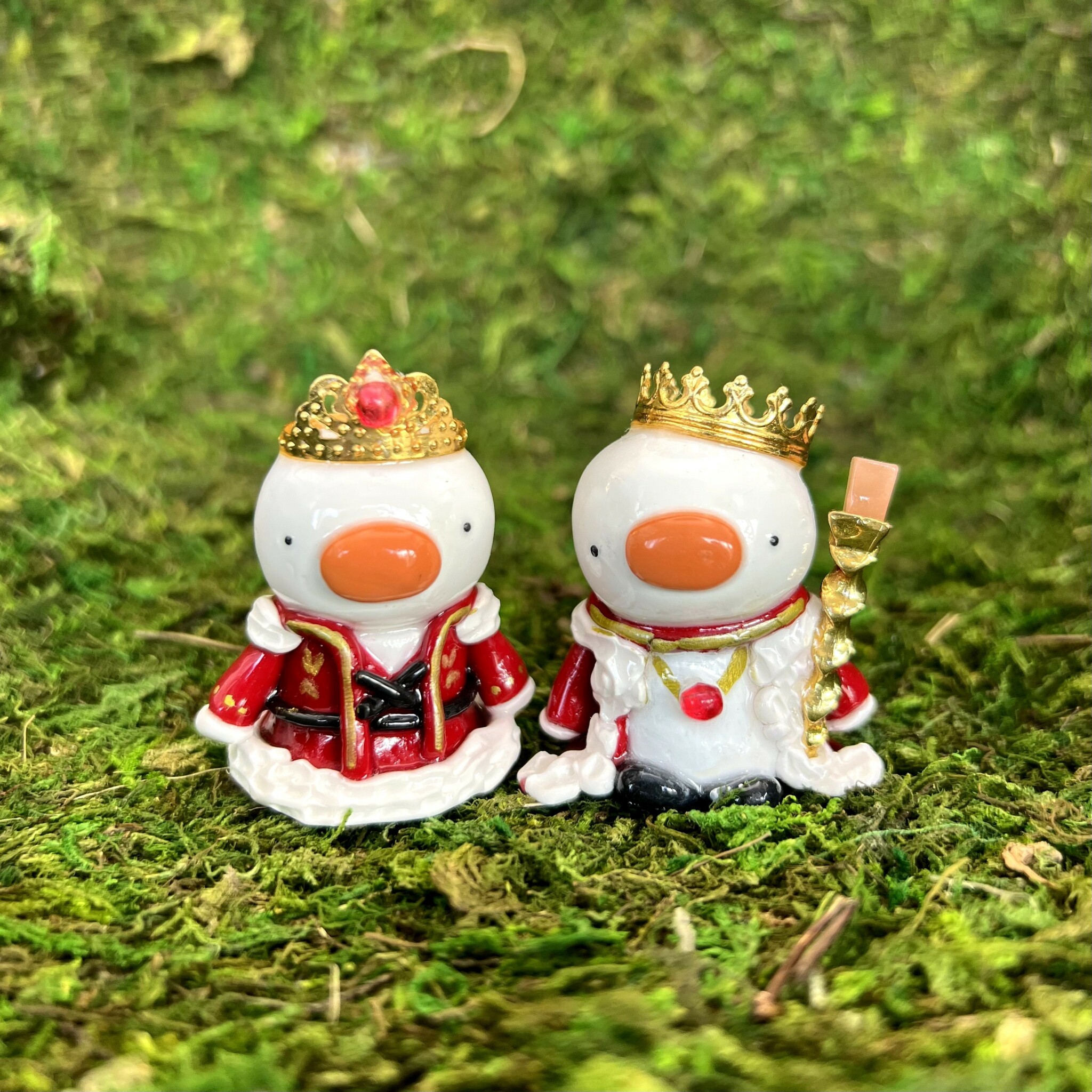
What can society do to ensure an environment that’s helpful to artists and creatives?
This is such an interesting question because, growing up, I had a negative outlook on art due to the “starving artist” ideology—it felt like life was happening to me, and I had no control. But stepping into the real world of creating has been a magical experience, one that feels like freedom and following my heart. I believe the best thing society can do is continue to educate about art’s relevance—not just as a form of expression, but as an integral part of culture, history, and social change. Creativity is a powerful tool, and artists are changemakers who bring unique perspectives that can transform industries, communities, and the way we think. By recognizing the value of creative thinking and supporting artists as essential contributors to society, we can cultivate a world where art isn’t just seen as a luxury, but as a force that drives innovation and connection. I believe this would open up more spaces for conversations and for a space of belonging amongst diverse backgrounds and ideas. This is my hope in the future with expanding Nurture, my creative coaching business is to eventually have open community studio spaces, cafes, and resources for all creatives.
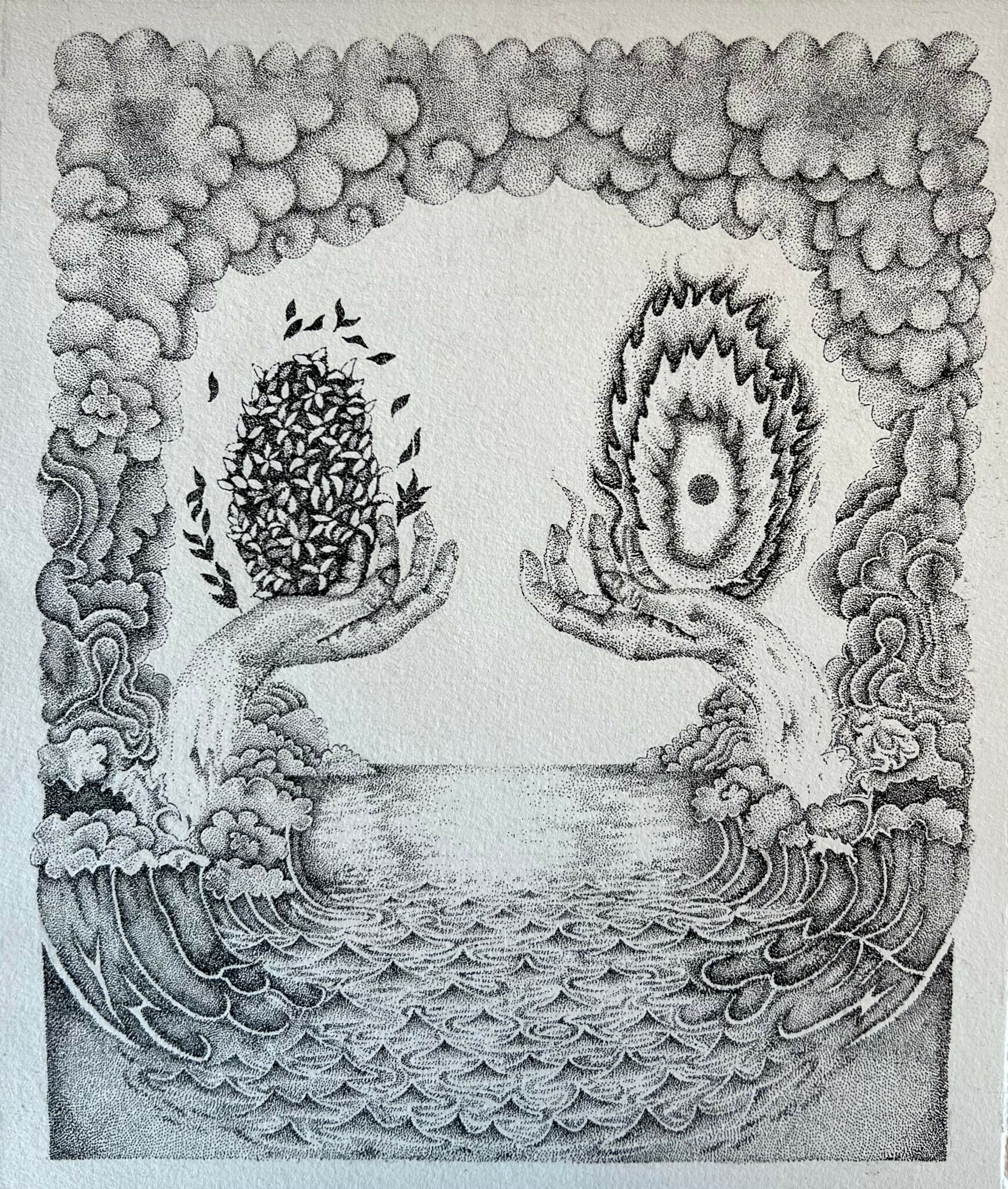
Have any books or other resources had a big impact on you?
There are several books, videos, and essays that have significantly shaped my management and entrepreneurial philosophy, but one that stands out is “Steal Like an Artist” by Austin Kleon. It’s a fantastic little book that reframes creativity as a process of collecting, remixing, and transforming inspiration. One of the exercises in it—building a personal “family tree” of artists and mentors—was especially impactful for me. When I did this, I found myself drawn to studying the lives and journeys of creatives like Jim Henson, Diana Scherer, and my life coach mentor, Rob Dial. Learning about their paths helped normalize the life I wanted to live—what once seemed unconventional was, to them, simply how life was. Another must-read for any creative is “Big Magic” by Elizabeth Gilbert, which beautifully explores the nature of inspiration, fear, and creative living. These resources, along with my own experiences, have reinforced my belief that a fulfilling creative career is not only possible but deeply valuable to both individuals and society.
Contact Info:
- Website: https://www.kayleemeyer.com
- Instagram: https://www.instagram.com/kayleemeyerart/?hl=en
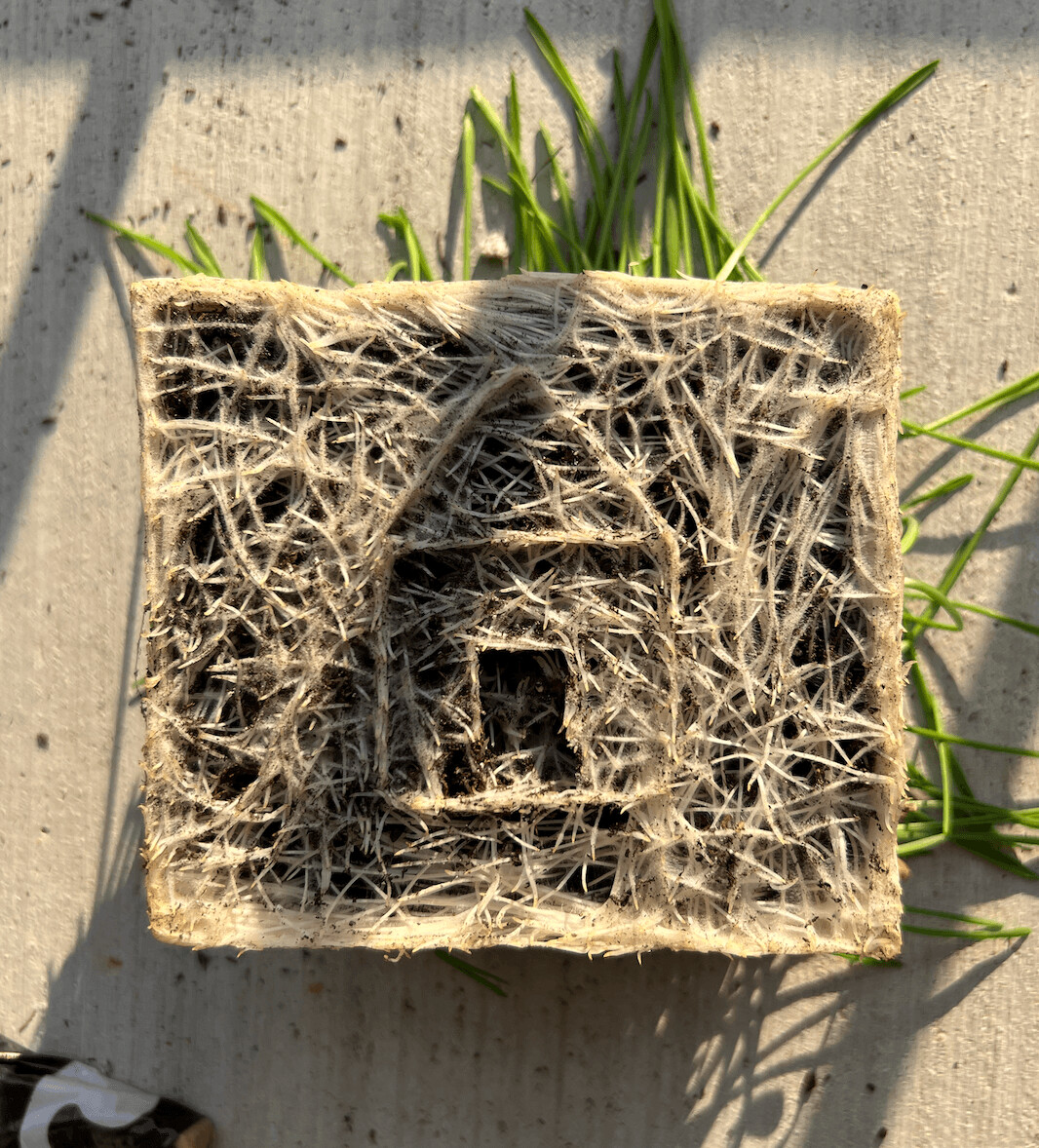
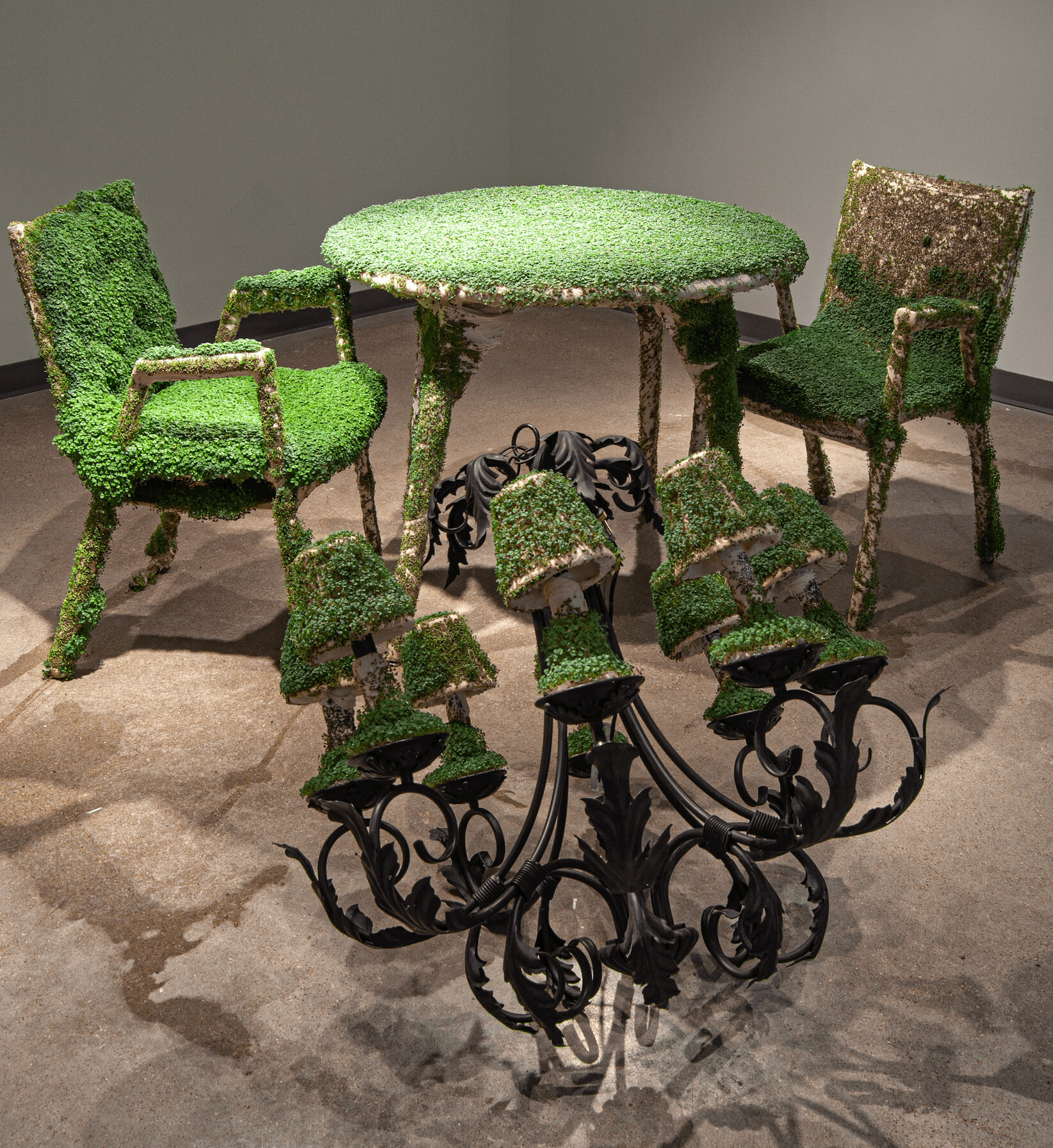

Image Credits
Allen Joanis


